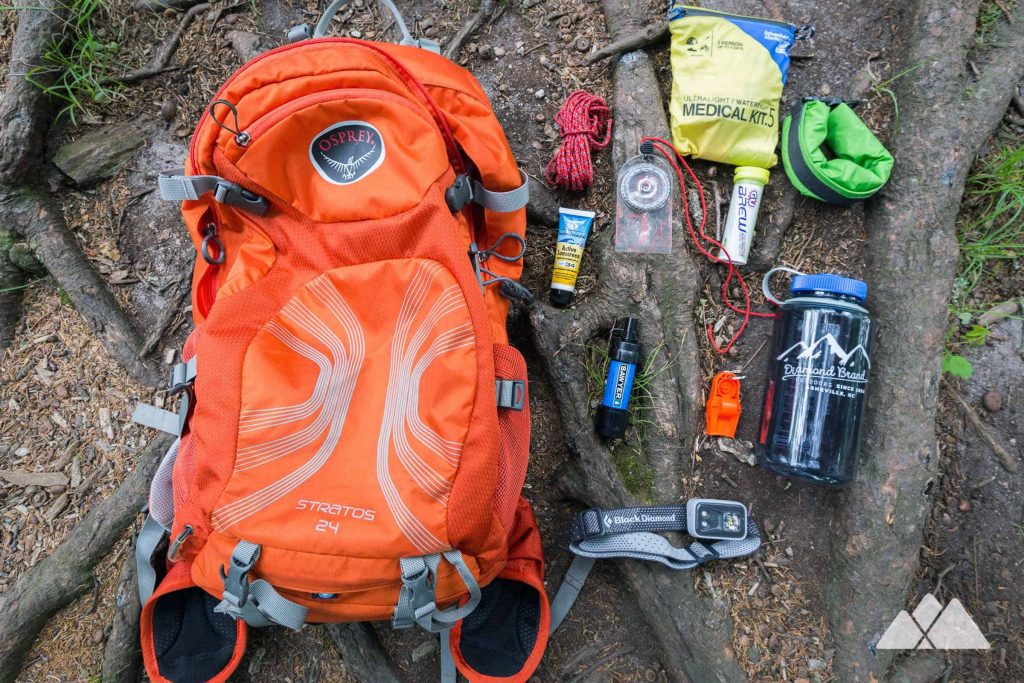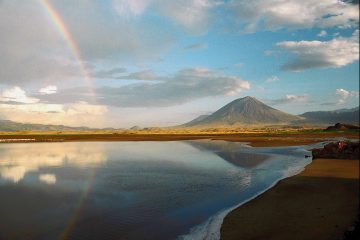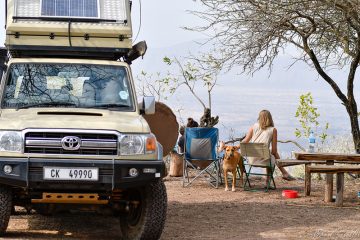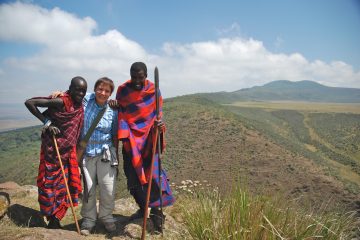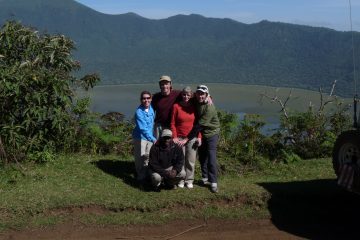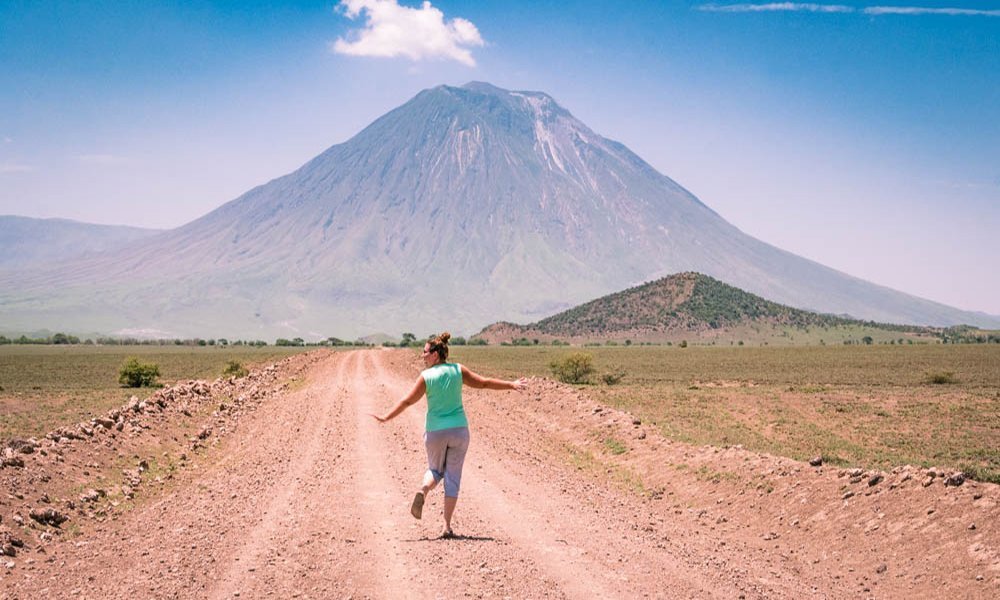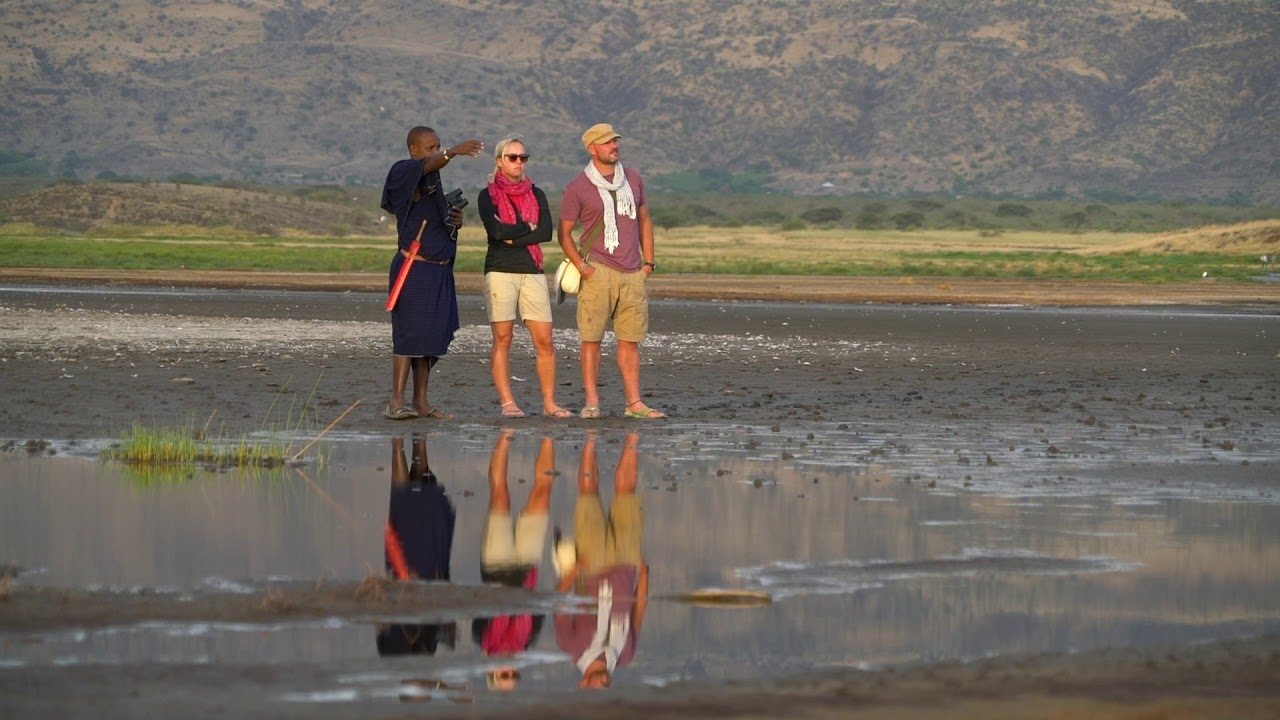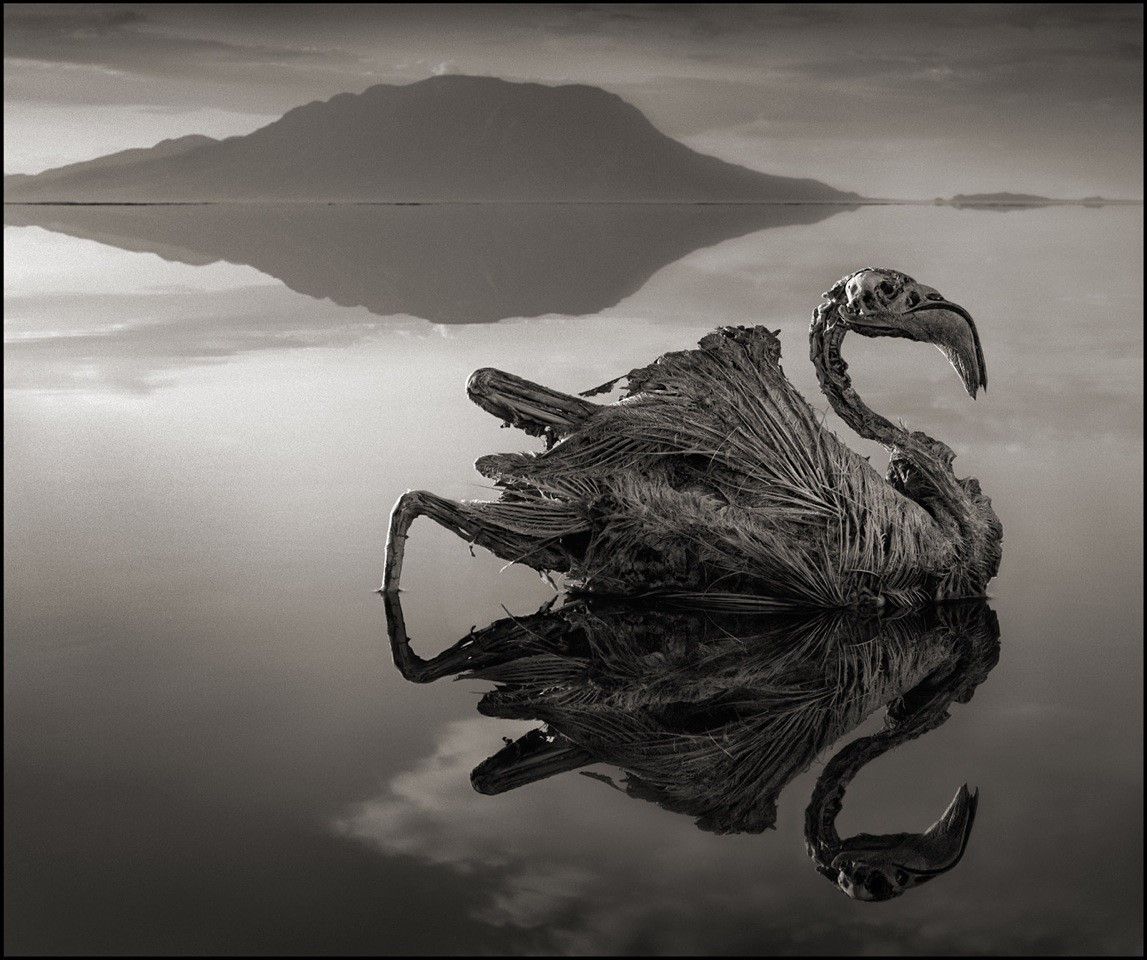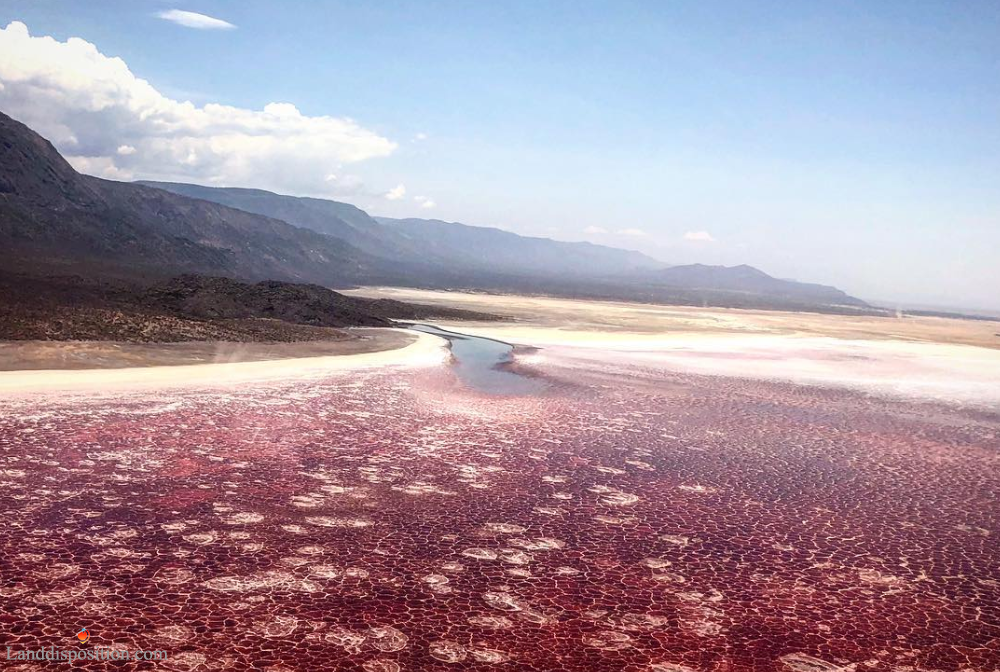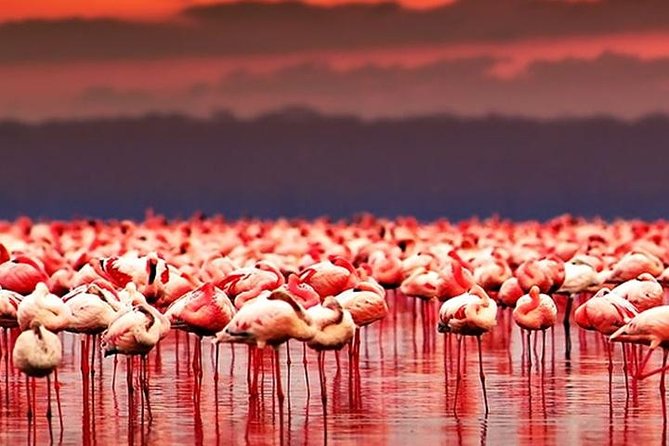Mount Ol Doinyo Lengai sometimes misspelled as Ol Donyo Lengai stands at 2890 meters above sea level and is located approximately 240 kilometers northwest of Arusha City, on the Great Rift Valley’s western escarpment, overlooking Lake Natron, a flamingo filled, reddish coloured lake located on the Kenya – Tanzania border. Mount Ol Doinyo Lengai or Oldoinyo Lengai is a sacred mountain to the Maasai people that inhabit the mountain’s environment gave it this name that means “Mountain of God” in Maasai’s Maa language.
Trekking Ol Doinyo Lengai
Ascending the mountain in 6 hours will reward you with spectacular views of the Great Rift Valley and volcanic structures in the Ngorongoro highlands. It’s an exciting walk that begins at daybreak. Remember, this is an active volcano, and when there are eruptions, the peak is restricted to climbing.
Learn how to trek Mount Ol Doinyo Lengai here
Lake Natron, which lies at the foot of the mountain, is claimed to be the sole breeding place for the endangered Lesser Flamingos that reside in the Great Rift Valley, as well as the world’s most significant breeding site, accounting for 75% of the global population.
The soda lake is located at the lowest point of the Great Rift Valley in East Africa. It is relatively shallow, measuring less than three meters deep, and its breadth changes depending on the water level. Evaporation creates significant alkalinity in the lake mud, which may reach temperatures above 40 degrees Celsius.
WHAT TO WEAR WHEN CLIMBING MOUNT OL DOINYO LENGAI
- Sun hat to shield from direct sun
- Sunglasses or shades
- Hiking trousers (zip-off style are a plus so you have shorts too)waterproof trousers
- Head torch for night time
- Buff or lightweight neck gaiter (to keep the dust off)
- Rain shell
- Light fleece
- Long sleeve t-shirt x 2
- Socks x 3 pairs
- Hiking boots preferably with some decent ankle support
- Teva or flip flops for chilling at the camp
- Trekking poles
- Gaiters for hikers with low cut hiking shoes
- Water bottles x 3 enough to contain 3 Liters


